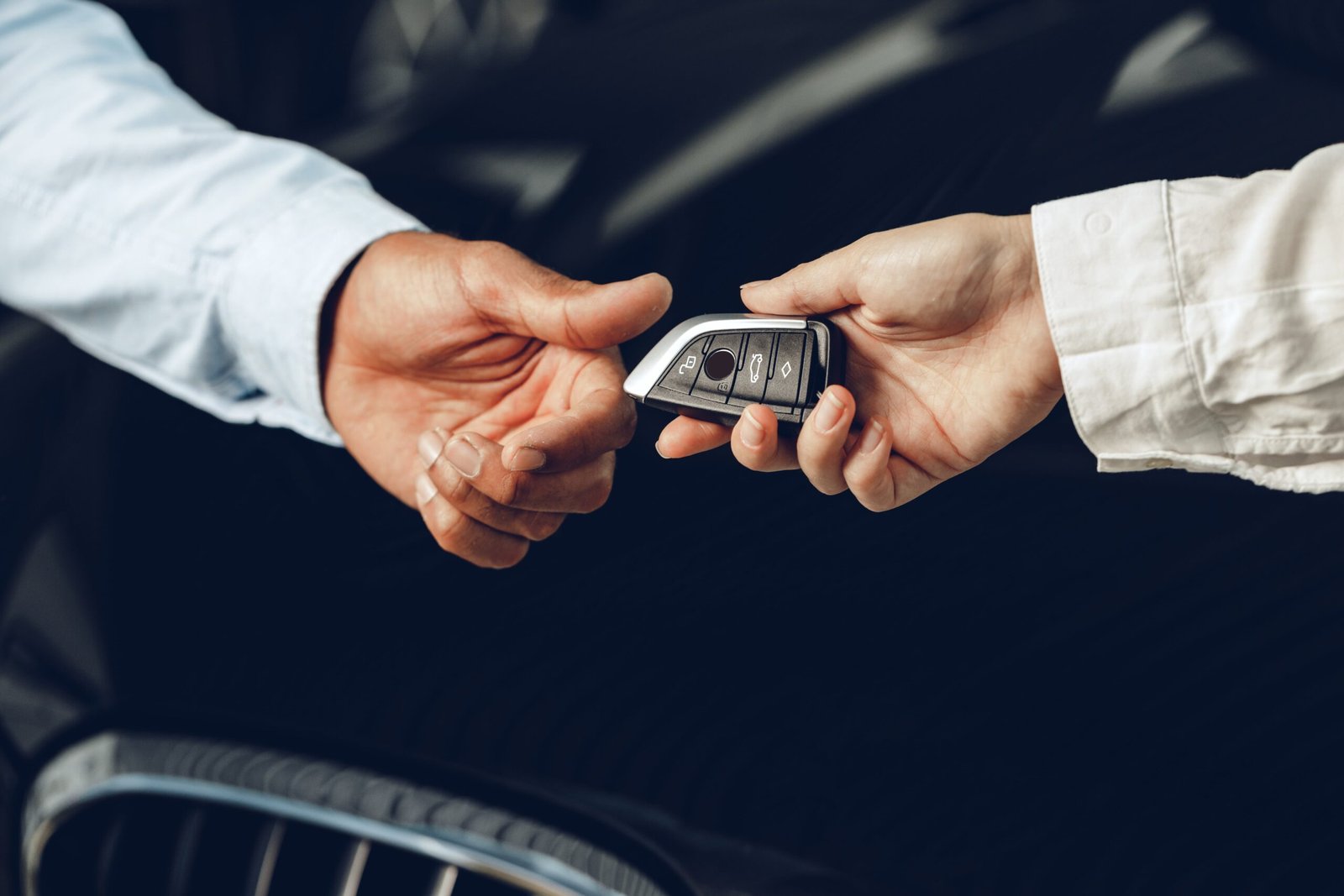Car Key Circuit Repair: A Comprehensive Guide
In an age where technology incorporates perfectly with everyday items, car secrets are no exception. Modern car keys frequently include electronic elements that communicate with the vehicle's security system, enhancing convenience and security. Nevertheless, like any electronic gadget, these elements can fail. When that happens, comprehending how to diagnose and repair car key circuit problems can save time, money, and the hassle of replacing whole key fobs.
This post will check out the importance of car key circuits, typical issues, step-by-step repairs, troubleshooting ideas, and often asked concerns.
Comprehending Car Key Circuits
Modern car keys usually come in 2 types: conventional keys and key fobs (or smart keys). Key fobs are geared up with microchips and a battery that makes it possible for a selection of functions, from locking and opening doors to starting the engine remotely.
Table 1: Components of Key Fobs
| Part | Description |
|---|---|
| Transmitter | Sends signals to the car's receiver |
| Receiver | A part in the car that responds to the fob's signals |
| Microchip | Contains the security code needed for vehicle authentication |
| Battery | Powers the fob and its functions |
Common Issues with Car Key Circuits
1. Dead Battery
The most benign yet frequent issue is a dead battery. In time, the battery in a key fob can lose its charge, rendering it unusable.
2. Damaged Circuit Board
Due to wear and tear, specifically with regular handling, the circuit board within the fob can end up being damaged or worn.
3. Water Damage
Dropping the key fob in water or exposing it to moisture can lead to malfunctioning circuits.
4. Faulty Transmitter/Receiver
If the signal between the transmitter and receiver is interfered with, this might point towards a malfunctioning component in either the key fob or the vehicle.
Table 2: Symptoms of Key Fob Issues
| Symptom | Likely Cause |
|---|---|
| Key fob not working | Dead battery; used circuit board |
| Unresponsive buttons | Faulty transmitter; water damage |
| Irregular variety | Weak battery; disturbance; receiver issue |
Step-by-Step Car Key Circuit Repair
Tools Needed
- Phillips screwdriver
- Flathead screwdriver
- Soldering iron and solder
- Multimeter (for testing voltage)
- Replacement battery (if required)
- Tweezers (for little components)
- Isopropyl alcohol (for cleaning)
Repair Guide
Step 1: Open the Key Fob
- Using the flathead screwdriver or your fingernails, pry open the fob carefully. The majority of fobs have clips or screws securing them that will need gentle manipulation to avoid breaking.
Action 2: Inspect the Components
- As soon as open, visually check the circuit board for any obvious damage such as burnt spots, fractures, or rust. Make sure the battery is not dripping.
Step 3: Test the Battery
- Utilize a multimeter to examine the battery voltage. Change the battery if it's substantially listed below the ranked voltage.
Step 4: Clean the Circuit Board
- Gently clean the circuit board with isopropyl alcohol to get rid of particles or rust that may interfere with connections.
Step 5: Re-solder Connections
- If you discover any broken or loose solder joints, use a soldering iron and solder to repair them. Ensure Emergency Car Key Repair work carefully to avoid harming the board.
Action 6: Reassemble the Key Fob
- Once the repairs are completed, carefully align the two halves of the fob and press them back together till you hear a click. Guarantee all buttons function effectively.
Step 7: Test the Key Fob
- Finally, test the key fob versus your vehicle to ensure it's working as expected.
Repairing Tips
- Change the Battery: If the key fob is still not working after replacing the battery, inspect for deterioration or damage.
- Re-Program the Fob: Some automobiles might require you to reprogram the key fob after repair work.
- Look For Code Issues: If the fob still does not work, you might need to consult your car's owner manual for particular reprogramming procedures.
- Check out a Professional: If all else stops working, it may be time to speak with a professional locksmith or car dealership.
Frequently Asked Questions (FAQs)
Q1: Can I repair my own car key fob?
A: Yes, many small problems can be taken on at home with the right tools and understanding. Nevertheless, more complex issues may need expert help.
Q2: How do I understand if my key fob battery is dead?
A: If your vehicle doesn't react to the key fob and it's been utilized often without replacement, the battery may be dead. Evaluating the voltage with a multimeter can verify this.
Q3: Are all car key fobs repairable?
A: Many key fobs can be fixed unless the damage is extreme, such as complete circuit board failure or extensive water damage.
Q4: What if I lose my key fob?
A: In the occasion of a lost key fob, calling your dealer or a locksmith professional to acquire a new fob and program it to your vehicle is suggested.
Q5: How typically should I replace my key fob battery?
A: It's normally recommended to examine the battery every 2-3 years, depending on use; however, you ought to change it without delay if you see decreased efficiency.
Car key circuit repair can appear challenging, but with a little bit of persistence and the right tools, lots of problems can be identified and resolved in your home. With knowledge about its components and common issues, car owners can conserve themselves money and time. Keep in mind, when in doubt, do not hesitate to speak with an expert for assistance. After all, car secrets are important for accessing and operating your vehicle securely.

